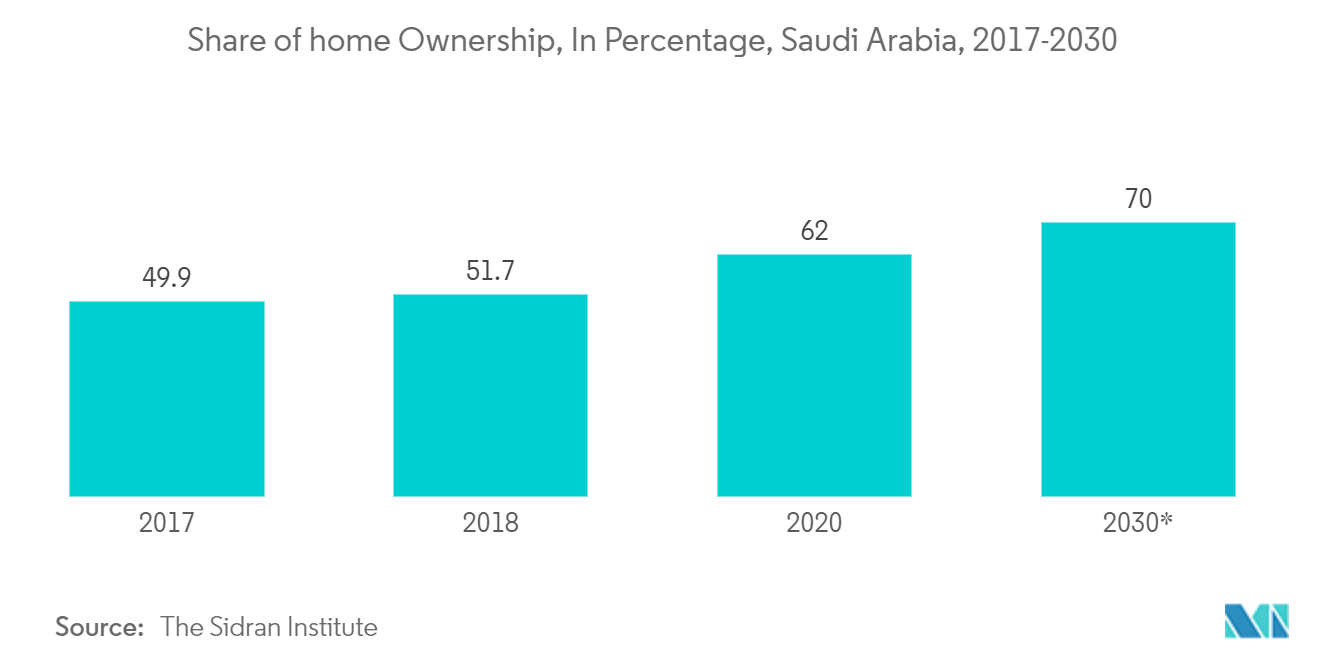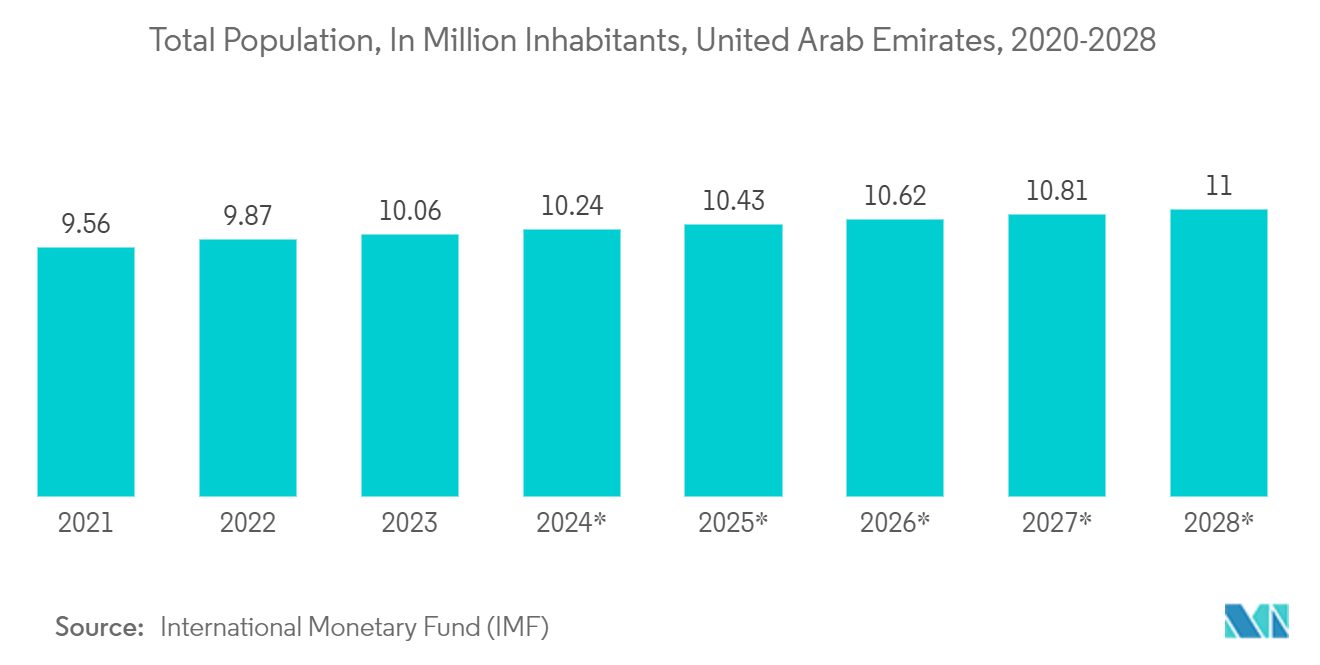Market Trends of MEA Home Care Packaging Industry
The Bottles Segment is Anticipated to Witness Significant Growth
- Home care packaging innovations have been numerous, particularly in laundry care, despite the industry’s modest growth. While sales and revenues are stagnating in developed countries, developing markets are driving volume sales through small bottle sizes that make laundry detergent affordable to all.
- Heightened hygiene awareness, especially during events such as a pandemic, results in a surge in demand for home care products like disinfectants, sanitizers, and cleaning agents. This increased demand requires bottles to contain and distribute these products.
- Packaging that emphasizes hygiene and safety features can enhance consumer confidence. In a market driven by health and cleanliness concerns, consumers are more likely to trust and purchase products with packaging that highlights their hygienic properties.
- Sustainable and eco-friendly bottle packaging options that maintain hygiene standards are becoming increasingly popular. Consumers are concerned about personal health and the environment, and eco-friendly packaging options, like biodegradable materials, can align with these values.
- In the past few years, the number of homeowners in the region has been rising. According to the Sidran Institute and Sidra Capital, the share of home ownership in Saudi Arabia is expected to increase significantly from 49.9% in 2017 to around 70% in 2030. Consequently, the demand for home products is also expected to increase proportionally, bolstering market growth.

Paper Packaging is Observing Notable Growth
- Increasing environmental concerns over the use of plastic packaging are driving industries to look for sustainable packaging. Retailers' implementation of plastic-reducing and recycling measures and political discussions of legal measures have created media attention, raising consumer awareness of the enormous problem plastics can pose to wildlife and the environment.
- Paper is far more biodegradable than plastic and can be easily recycled. It can also be re-pulped without chemical reactions and is less sensitive to contamination. This has led to some established brands replacing plastic packaging with paper.
- Companies and brands are increasing their investment in sustainable packaging solutions, like compostable compressed paper bottles. These paper bottles claim to save 60-70% of plastic material compared to regular plastic bottles of the same size and are both compostable and recyclable. Comprised of an outer shell and an inner pouch, this bottle is made to disassemble for recycling easily. The outer shell pops away from the internal bag after use and can be recycled up to seven times more or composted. Therefore, increasing demand for paper-based packaging and less plastic packaging in-home care is expected to augment market growth in this region.
- The growing population can attract more players into the home care market, leading to increased competition among brands. To stand out in this competitive landscape, companies may invest in innovative packaging designs and materials to differentiate their products and attract consumers. According to the International Monetary Fund, in 2022, approximately 9.87 million inhabitants lived in the United Arab Emirates, and this figure is estimated to grow to 11 million by 2028.
- The rising trend of dual-income households is expected to drive growth in the home care packaging market. Hybrid paper bottles effectively communicate a brand's commitment to consumers, making a significant impact. Their unique fiber shell stands out on shelves, setting them apart from neighboring packaging and captivating consumers.


